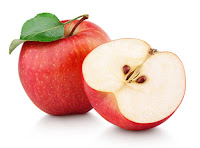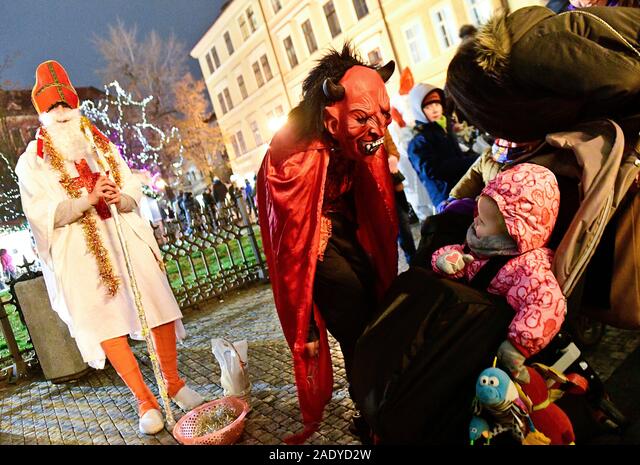CHRISTMAS IN THE CZECH REPUBLIC.

Christmas is one of the most beautiful times in the Czech Republic. Its streets are filled with music, colorful and vibrant markets and rich smells that invite you to celebrate the end of the year by eating delicious sweets and taking the chill off with drinks as rich and spicy as mulled wine. When Christmas Eve arrives, and just as the first star appears in the sky, tradition dictates that diners, mostly families, sit around a table, leaving an empty place in case an extra guest arrives unexpectedly. Other unwritten rules suggest fasting all day until the big dinner arrives; not getting up while eating, since doing so could attract bad luck for the year that is about to begin; and leaving a carp scale on the plate as a symbol of wealth for the coming year. The 25th and 26th of December are also dedicated to family visits, eating the last Christmas pastries and celebrating the approaching New Year's Eve with food, drink and very good company. Although in Spain the holidays are ext...













